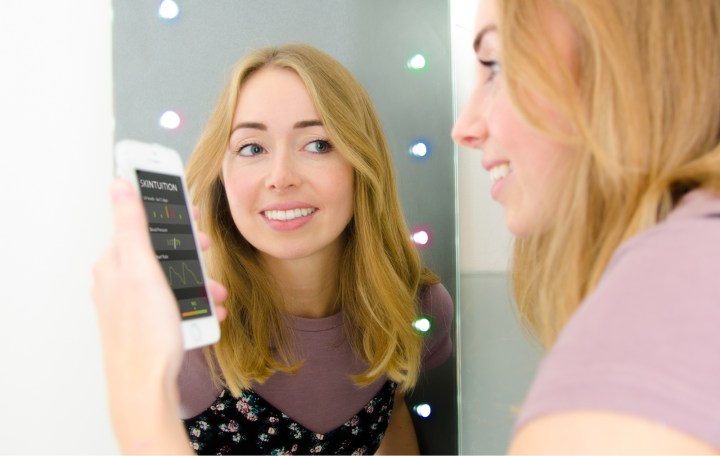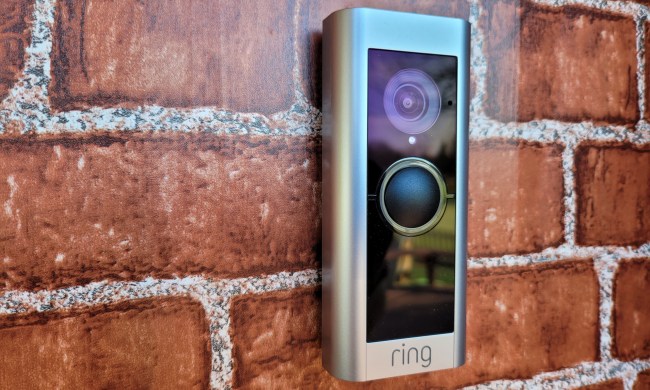
While it may seem high tech, Skintuition requires little more than readily available cameras, like those found on common smartphones. By combining these imaging devices with a ring of LEDs, Skintuition produces supercharged images of your skin’s surface. In essence, the technology shows you an image with more color than would appear in a normal photo, which claims to provide valuable insights into your skin’s health, condition, and dermatological status.
“Imagine if your bathroom mirror could pinpoint trends in how your skin pigmentation changes, encouraging you to adjust your personal care routine to better cater to what your skin needs at any given time,” said Ruth Thomson, head of consumer product development at Cambridge Consultants. “From monitoring for deeper changes in health to matching the perfect shade of foundation to your skin, the multispectral imaging we’ve developed provides countless ways to personalize the skincare experience.”
By providing you with data as to your skin’s oxygen saturation and melanin levels, Skintuition technology could, for example, alert you when you need to apply a higher level SPF sunscreen, or show you how your skin’s health has changed over time. And because Skintuition could theoretically be combined with existing products (like a mirror or your smartphone), this tech could be easily implemented.
“We’ve taken existing, inexpensive hardware components and found new and exciting ways to use them,” said Thomson. “At its core, Skintuition is simply an imaging solution that is able to expose substances that are invisible to the naked eye. By making it low cost, we’ve given it mass-market appeal — opening the door for this type of technology to apply its ‘intuition’ to not just skin care but nearly any other visualization use case.”


